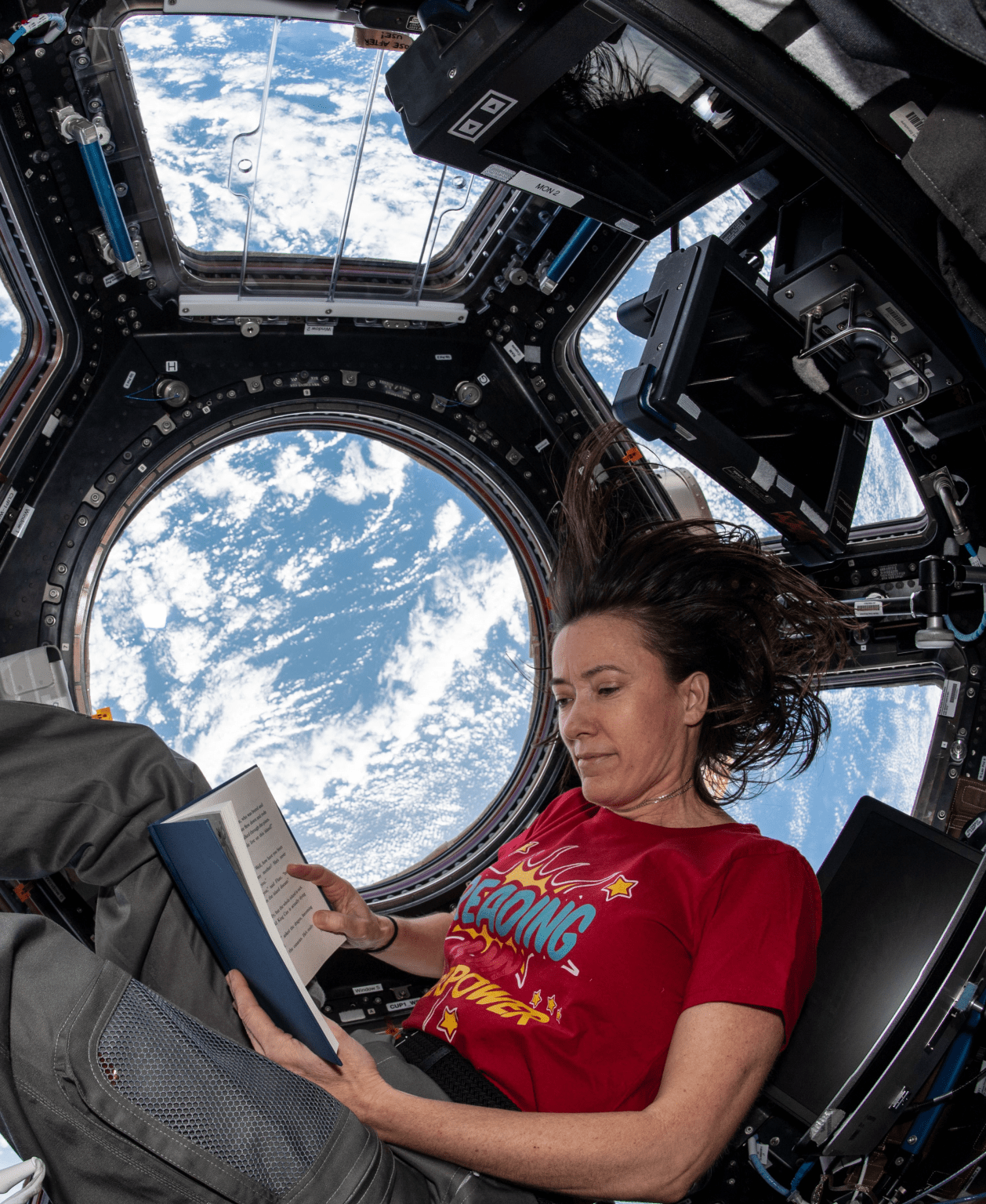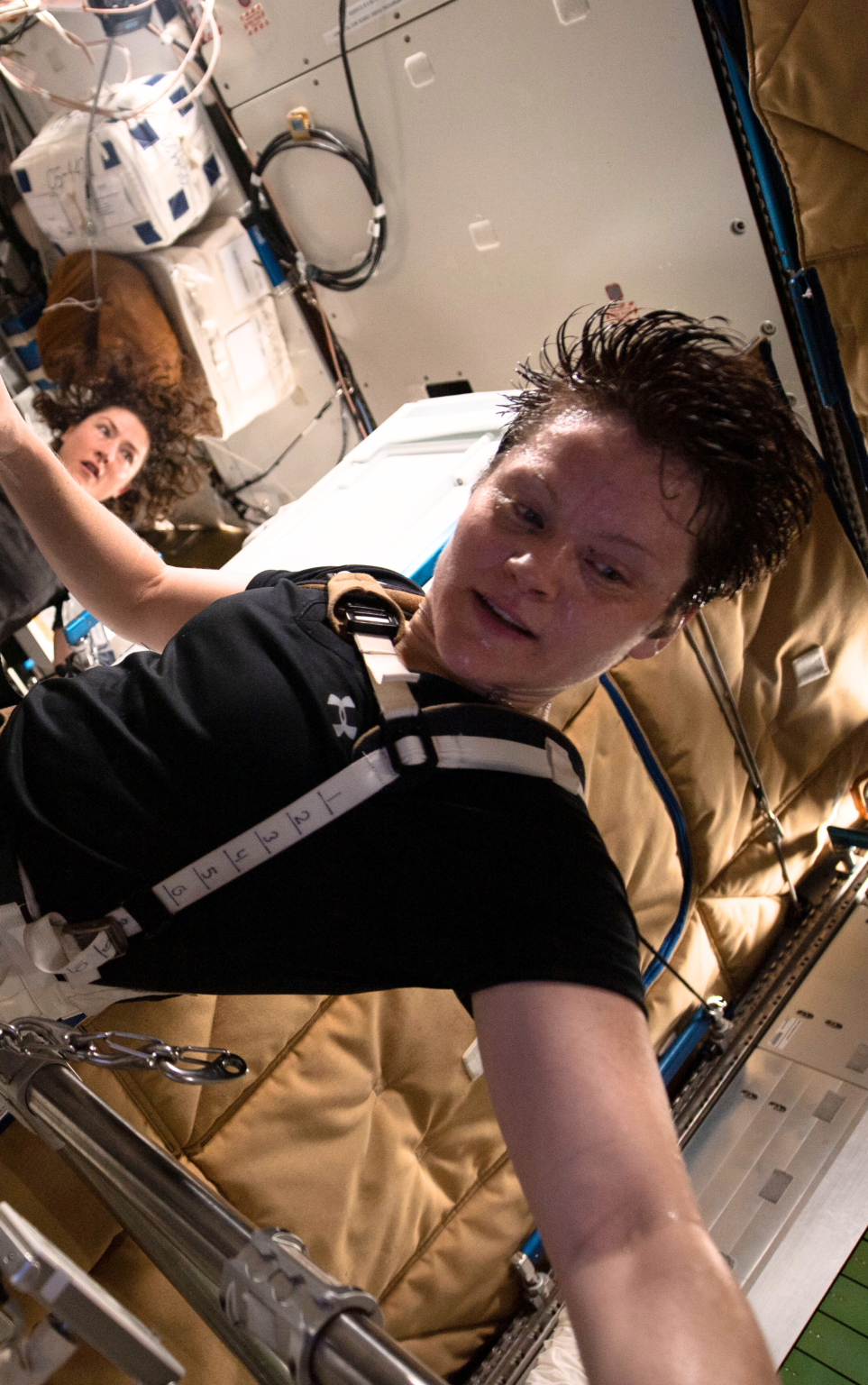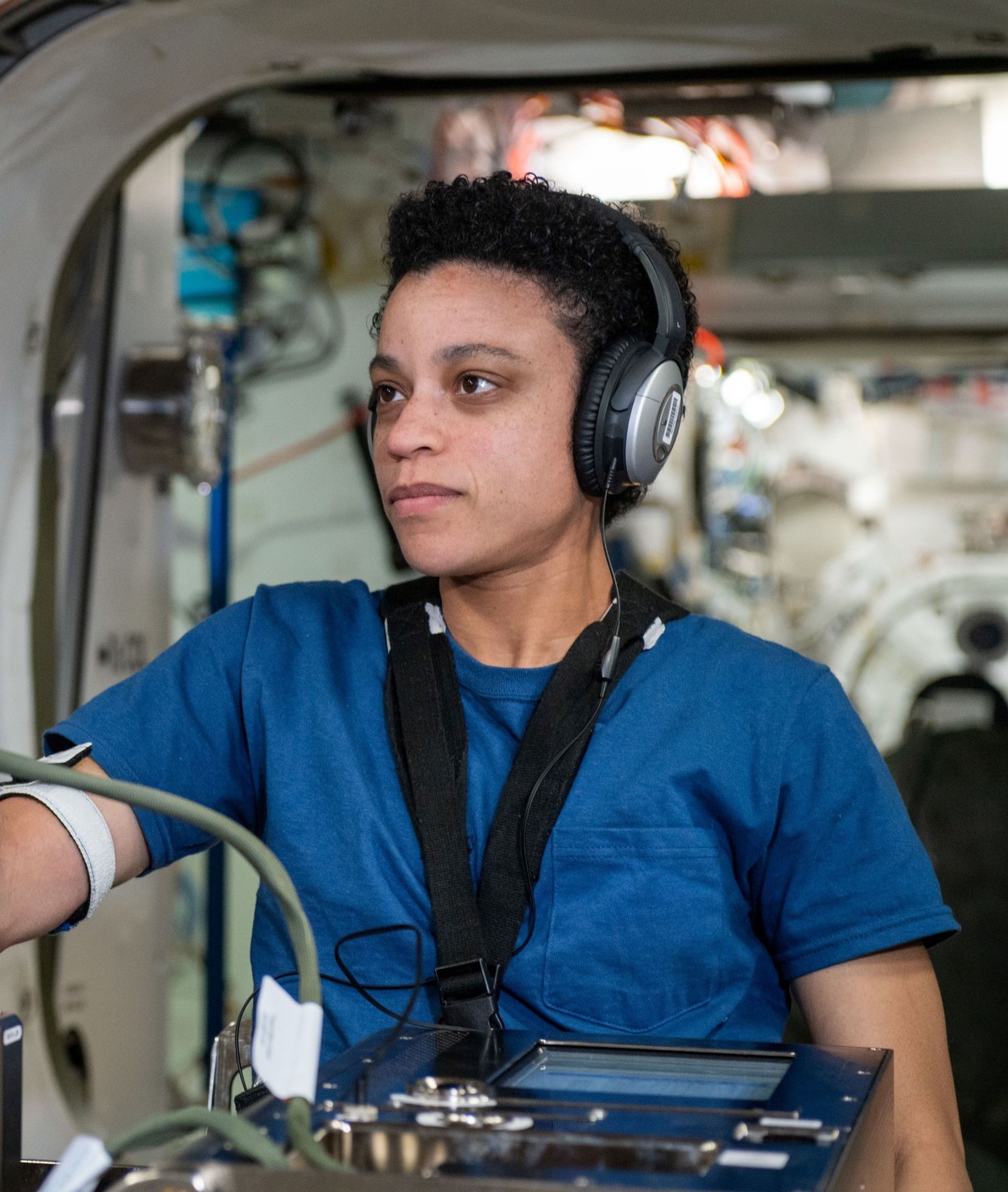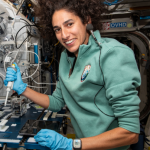Spaceflight Risk
The Space Radiation Element is situated within the Human Research Program. Its research helps to ensure the health and safety of astronauts by tackling the spaceflight risks described below.
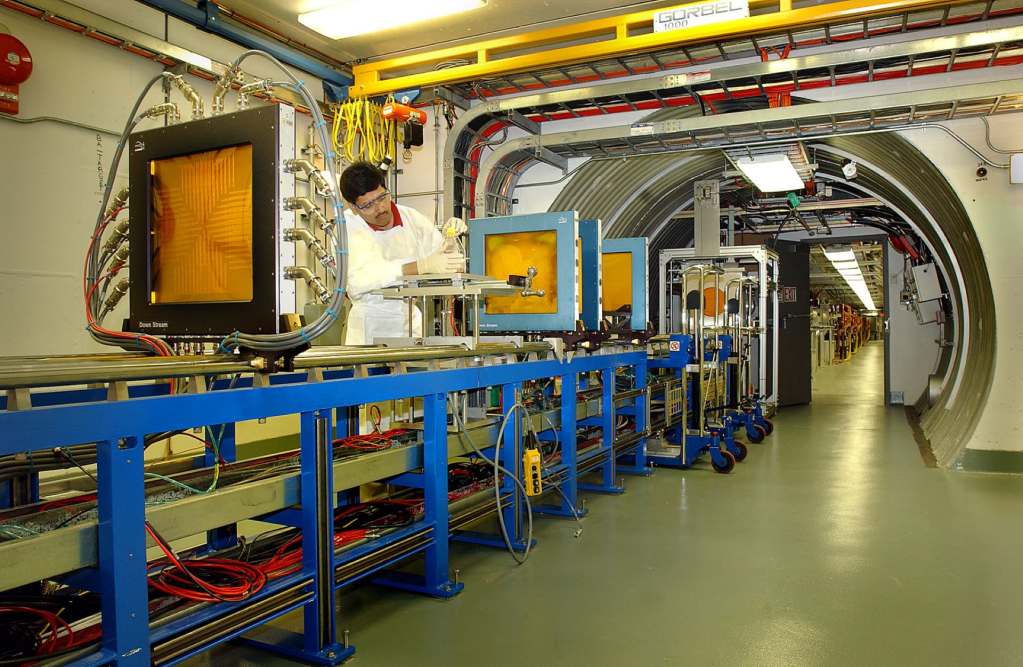
Risk of Radiation-Induced Cancers
Crews exposed to radiation from space may be more likely to develop cancer. Identifying the best ways to mitigate this risk and understand what interventions may help are ongoing research priorities.



























